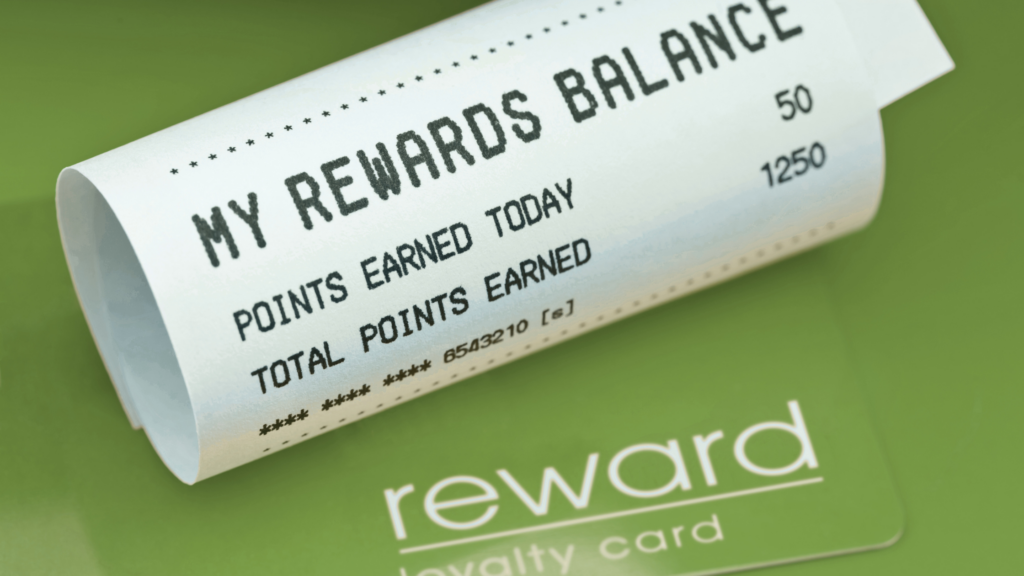Customer loyalty has been a cornerstone of business success for decades. However, as loyalty industry expert Rick Ferguson explained in a recent conversation, establishing true customer loyalty extends far beyond traditional rewards programs. Companies that excel in fostering loyalty focus on building and sustaining trust, commitment, and reciprocity—the principles that build lasting customer relationships.
To frame loyalty properly within an organization, businesses must first ask themselves whether they view “loyalty” as a business strategy or merely an element of their marketing program. While many organizations rely on transactional reward-based programs, Ferguson argues that companies need to think bigger—if they are serious about building authentic loyal customer relationships, businesses should embed a culture of loyalty as part of their business strategy.
Authentic customer loyalty is built on three core emotional factors:
- Trust: Customers need to believe that a company will consistently deliver on its brand promise.
- Commitment: Businesses must actively listen to and respond to customers’ needs.
- Reciprocity: There must be a mutually beneficial relationship where customers feel valued.
Lessons from McDonald’s
Loyalty is not a new concept. Ferguson referenced Ray Kroc’s approach to turning McDonald’s into a global powerhouse in the 1950s. Kroc emphasized four fundamental differentiators under the acronym QSCV:
- Quality: Serve high-quality food.
- Service: Provide friendly and efficient customer service.
- Cleanliness: Ensure a pleasant dining environment
- Value: Offer affordable pricing without compromising quality.
Kroc believed that if McDonald’s could execute these experiential pillars better than competitors, the company would win customer loyalty—and he was right. This model remains relevant today: Delivering a superior customer experience is the foundation of true loyalty.
The Challenge of Market Parity Over Time
Most industries reach a point in time where their competitors provide a similar level of service and quality. When that happens, companies must find new ways to differentiate themselves. This is where traditional loyalty programs can play a key role.
The “Boomerang Effect” of Loyalty Programs
Deeper into our conversation with Ferguson, he concurs that the “boomerang effect” of loyalty programs is real. In June 2021, The Verde Group published a ground-breaking report featured in the Harvard Business Review: “Why Customer Loyalty Programs Can Backfire”
In the report, we set out to prove/disprove the hypothesis that active participation in traditional loyalty programs would inoculate brands from the impact of customer experience friction. What we found was powerful:
- Loyalty benefit usage does have some inoculating benefits by reducing the impact of CX friction.
- Conversely, the impact of CX friction is exacerbated for program members who expect more from brands given their loyalty status, economic value and the expectation that brands understand who they are. Unfortunately, data—specifically tier status and other critical segment flags—are not consistently used by business operations to provide expedited service recovery or enhanced treatment. This takes CX friction from bad to worse as customer expectations are simply not being met.
Ultimately, loyalty programs create more harm than good if the value proposition is not integrated into the operational practices of the business. To maximize the benefit of loyalty program investments, companies need to modify operational policies to increase the personalization of each non-program interaction and recognize customer value via enhanced service interactions.
Avoiding the loyalty “boomerang effect” is one of the biggest pitfalls companies face. By focusing too much on the mechanics of loyalty programs (e.g., points, discounts, cashback), they are not aligning the value proposition with the broader customer experience strategy.
The Future of Loyalty, A Strategic Imperative
Ferguson’s advice to businesses looking to improve their customer loyalty strategy is simple:
→Focus on the core drivers of loyalty: trust, commitment, and reciprocity.
→Go beyond transactional value propositions–Involve the broader enterprise by moving from thinking about “loyalty” as a points-based program and toward a holistic customer relationship management strategy.
→Understand that the customer experience plays a key role in establishing and maintaining loyalty customer relationships. Understand where the customer experience is working or not working and determine if treatment plans should be operational in nature or if more programmatic solutions are warranted.
→Recognize and reward behavior that aligns with business goals. Not all customers are the same; personalization of service interactions, promotional activity and other related value propositions is key.
→Measure and refine continuously. Expand to usage of voice-of-customer experiential insights to the marketing team who that manages the program. Use this data and other operational data sources to assess to shape treatment plans and determine the effectiveness of loyalty strategies and make necessary improvements.
A Call for Authenticity
At the end of the day, customer loyalty isn’t about gimmicks or one-time incentives. It’s about creating genuine relationships where customers feel valued and connected to a brand. Companies that integrate loyalty into their business strategy—rather than treating it as a standalone program—are the ones that will win in the long run.
Our conversation with Ferguson serves as a reminder that loyalty is about consistently delivering value—whether through superior service, seamless customer experiences, or personalized engagement. Those who master this balance will not only retain customers but turn them into passionate brand advocates.
Sources & References:
Interview with Rick Ferguso
Harvard Business Review: “The New Science of Customer Emotions”
McKinsey & Company: “What Matters Most in Customer Loyalty”
Forbes: “Why Trust Is the New Currency in Customer Loyalty”
